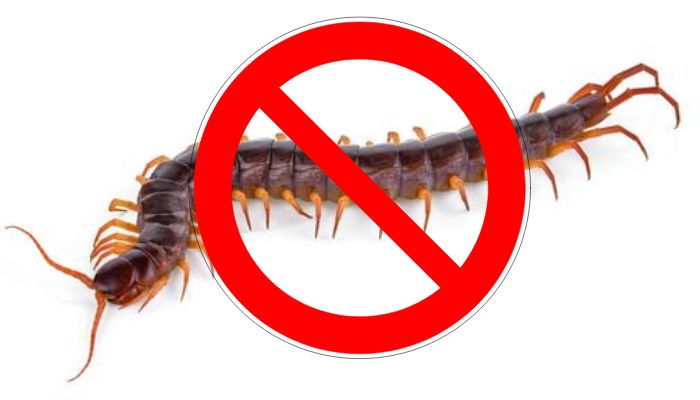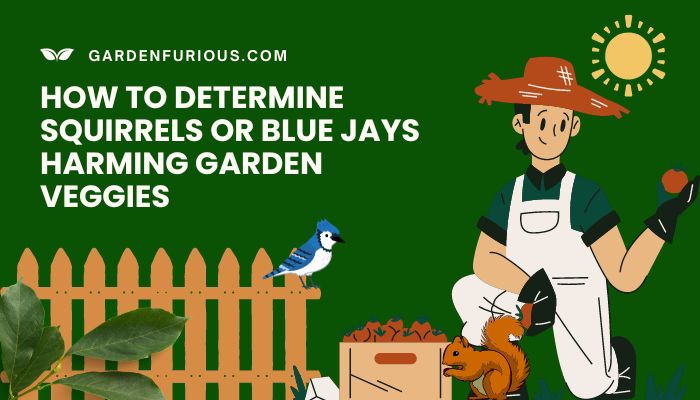Deer are graceful creatures, but they can be a nightmare for gardeners. Their appetite for flowers and vegetables is insatiable, and fencing off your garden can be expensive and impractical. Fortunately, there are plenty of fenceless solutions to keep deer away from your plants. Below are seven methods to try that can protect your garden while keeping it open and beautiful.
1. Use Deer-Repellent Plants
One of the simplest strategies is to plant flowers and herbs that deer tend to avoid. Aromatic plants such as lavender, rosemary, and sage can act as natural deterrents because of their strong scents. Deer dislike the pungent smells, so incorporating these plants around the perimeter of your garden can help create a natural barrier. Marigolds and mint also work well, not only repelling deer but adding beauty and fragrance to your garden.
Plants with prickly or fuzzy textures like bearded iris or catmint can further discourage deer from foraging in your garden. These low-maintenance plants are both beautiful and functional, requiring minimal upkeep once established.
2. Fishing Line Trick: The Invisible Fence
This budget-friendly trick involves using fishing line to create a barrier that confuses deer. Because of their limited depth perception, deer cannot easily see the line, and when they bump into it, they get spooked. Simply string fishing line around your garden at different heights (one at 2-3 feet and another at 4-5 feet) to create an invisible fence. It’s inexpensive and highly effective.
If you want to take this method up a notch, try adding tin cans or small bells to the fishing line. The noise will startle deer further, keeping them from lingering in your garden.
3. Motion-Activated Sprinklers
Surprise is an effective deterrent. Installing motion-activated sprinklers can keep deer away by spraying them with water whenever they come too close. This harmless but startling approach quickly teaches deer that your garden is off-limits. Many of these sprinklers are solar-powered, making them an eco-friendly solution. Best of all, they require little maintenance and can protect your garden from multiple pests.
These sprinklers also provide a bonus in keeping other creatures—like raccoons, squirrels, and even nosy neighbors—at bay.
4. Scent-Based Repellents
Deer have an acute sense of smell, and utilizing this can work to your advantage. Many gardeners have success using homemade deer repellents made from ingredients like garlic, rotten eggs, and cayenne pepper. The unpleasant odors are enough to drive deer away from your prized plants. You can also use commercially available repellents that contain predator urine, mimicking the scents of animals that deer fear.
Remember, to maintain effectiveness, it’s essential to rotate your scents. Deer can adapt to a specific smell if it’s constantly present, so alternating between different repellents will keep them on their toes.
5. Wind Chimes and Flashing Lights
Deer are cautious creatures, often wary of anything that seems unusual. By introducing wind chimes or flashing objects like old CDs or aluminum pie tins into your garden, you can create visual and auditory deterrents. These moving and reflective objects will confuse and scare deer, preventing them from getting comfortable in your space.
To maximize effectiveness, try switching up the placement of your chimes or flashing items every few weeks. Deer tend to avoid areas where unexpected changes occur, so regularly adjusting these elements will keep them unsettled.
6. Create an Obstacle Course
Deer are excellent at jumping but aren’t known for their climbing or maneuvering abilities. Setting up an obstacle course of garden ornaments, stacked firewood, or large pots around your garden’s entrance points can help keep deer out. These obstacles break up the open space, making it difficult for deer to comfortably move through or leap into your garden.
Raised beds or terraces are another way to create physical barriers, as deer are reluctant to climb steep areas. This not only adds visual appeal to your garden but also deters deer from venturing further in.
7. Adopt a Dog or Use Predator Decoys
If you own a dog, letting them roam your yard or garden can naturally deter deer. Dogs are predators, and their presence alone is enough to keep deer away. Even their scent lingering in the yard can act as a powerful deterrent.
If a dog isn’t an option, consider using predator decoys such as fake owls or coyotes. These decoys can scare deer from approaching, especially when moved around frequently to keep the illusion alive. You can also hang strips of predator fur or feathers near your garden’s boundary to further enhance this effect.
FAQs
Can I use human hair to keep deer away?
Yes, deer dislike the scent of humans. Some gardeners spread human hair around their garden or hang hair-filled pouches on trees. This can work for a while, but like other scent-based methods, it’s important to rotate strategies to maintain effectiveness.
Will motion-activated lights work to deter deer?
Yes, motion-activated lights can startle deer and other nocturnal animals. However, over time, deer may become accustomed to the light, so it’s best to use them alongside other methods, like repellents or decoys.
How often should I reapply deer repellents?
This depends on the product you’re using. For homemade solutions, it’s good to reapply after rain or heavy watering. Commercial repellents may last longer but should still be reapplied regularly to maintain their effectiveness.





